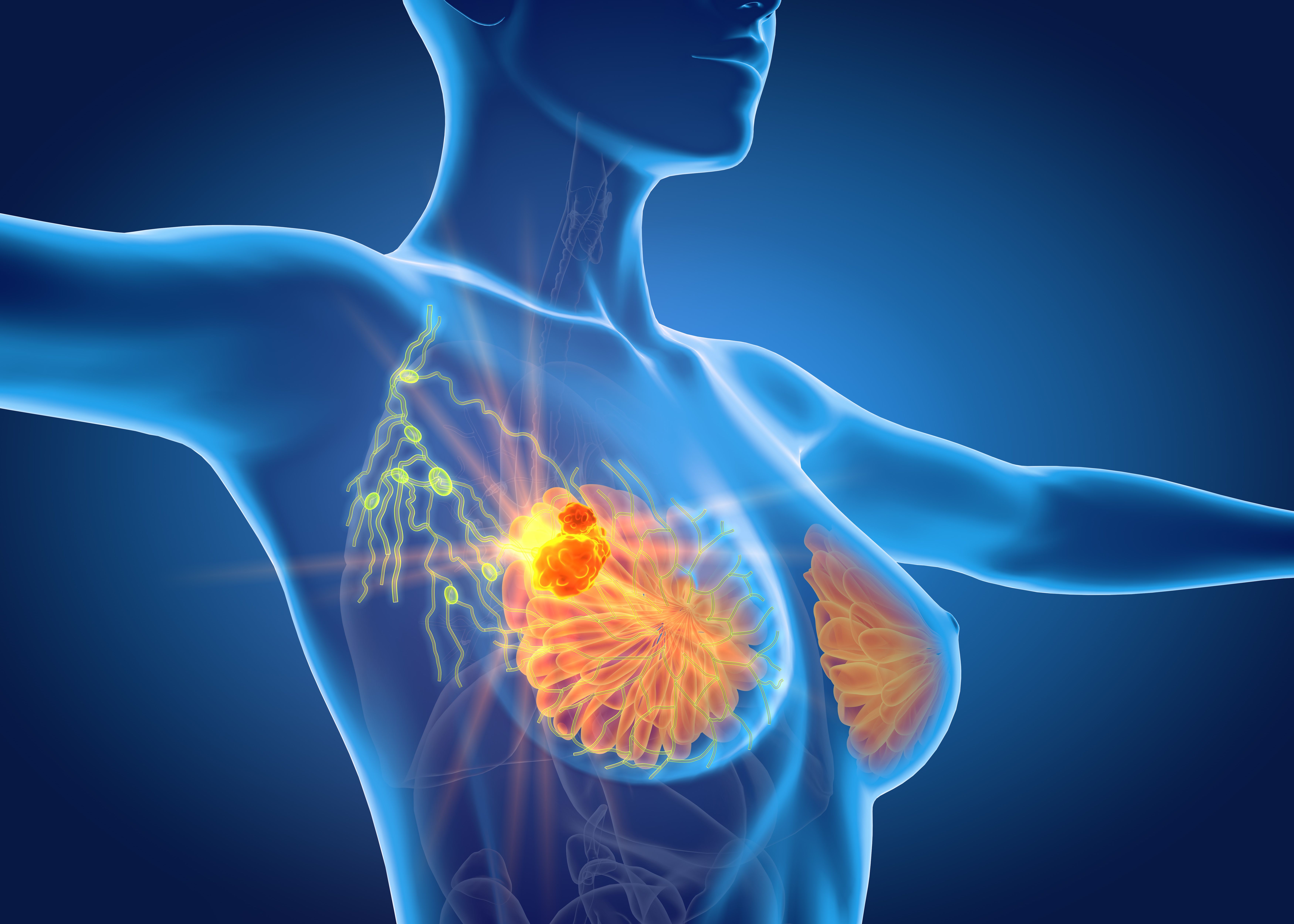- Center on Health Equity & Access
- Clinical
- Health Care Cost
- Health Care Delivery
- Insurance
- Policy
- Technology
- Value-Based Care
Condensed Proton Therapy Schedule Shows Promise for Patients With Breast Cancer
New research suggests conventional fractionated and hypofractionated proton postmastectomy radiotherapy (PMRT) yield similar tolerability and complication rates for patients following mastectomy.
Hypofractionated proton postmastectomy radiotherapy (PMRT) has shown promise in reducing radiation exposure to the heart and lungs in patients with breast cancer, according to new research published in The Lancet Oncology.
Breast cancer is a common malignancy affecting millions of women worldwide, and treatment often involves radiation therapy following mastectomy. However, the radiation can inadvertently affect nearby organs like the heart and lungs, potentially leading to complications. Proton therapy offers a precise alternative by using proton beams to target cancer cells while sparing surrounding healthy tissues.
Traditionally, proton therapy for breast cancer has been delivered using conventional fractionation for 25-28 sessions. In a randomized phase 2 trial conducted by Mayo Clinic, researchers aimed to determine whether hypofractionated proton therapy, which is delivered in 15 sessions with larger doses, could be a viable and equally effective treatment option.
The trial enrolled 82 adults who were randomly assigned to receive either conventional fractionation in 25 sessions or hypofractionation in 15 sessions. The participants had undergone mastectomy, with or without immediate breast reconstruction, and were indicated for PMRT. All patients were treated with pencil-beam scanning proton therapy to ensure precision. The median (IQR) age of participants was 52 (44-64) years, and the sample was predominantly White (96%).
Breast cancer illustration | Photo credit: Axel Kock – stock.adobe.com

The primary endpoint of the study was the 24-month complication rate, defined as grade 3 or worse adverse events occurring 90 days after the last radiotherapy session or unplanned surgical interventions in patients with immediate reconstruction. Hypofractionation was considered non-inferior if the upper bound of the one-sided 95% CI for the difference in 24-month complication rates was less than 10% between the 2 treatment groups.
The median (IQR) follow-up for the participants was 39.3 (37.5-61.2) months. Results showed that the median mean heart dose was 0.54 (0.30-0.72) Gy for the conventional fractionation group and 0.49 (0.25-0.64) Gy for the hypofractionation group.
Within 24 months of their first radiotherapy session, 6 patients (15%) in the conventional fractionation group experienced 14 protocol-defined complications, primarily contracture and fat necrosis requiring surgical intervention. Meanwhile, 8 patients (20%) in the hypofractionation group faced 8 complications, all due to infections, most of which required surgical intervention. This translated to an absolute difference of 4.9% (one-sided 95% CI, 18.5; P = .27).
Notably, all 14 total complications occurred among patients with immediate expander or implant-based reconstruction.
While the study could not definitively establish the non-inferiority of hypofractionation over conventional fractionation, the results indicated similar tolerability between the 2 approaches.
"The study provides the first prospective data supporting the use of shorter-course proton PMRT, including in patients with immediate breast reconstruction, and the first mature results of a randomized trial in the eld of breast particle therapy," said Robert Mutter, MD, radiation oncologist and physician-scientist at Mayo Clinic Comprehensive Cancer Center. "We can now consider the option of 15 days of therapy with patients based on the similar treatment outcomes observed as the longer conventional course. Of note, the short course actually resulted in reduced skin side effects during and after treatment."
It's important to highlight that the revised treatment plan alleviates patients from extra inconvenience, expenses, and various challenges linked to the lengthier treatment schedule. Given the limited availability of proton therapy facilities both in the United States and globally, Mutter underscored that proving the shorter treatment's safety and feasibility may lead to increased accessibility to proton beam technology for difficult-to-treat cases of breast cancer.
Reference
Mutter RW, Giri S, Fruth BF, et al. Conventional versus hypofractionated postmastectomy proton radiotherapy in the USA (MC1631): a randomised phase 2 trial. Lancet Oncol. Published online September 8, 2023. doi:10.1016/ S1470-2045(23)00388-1
